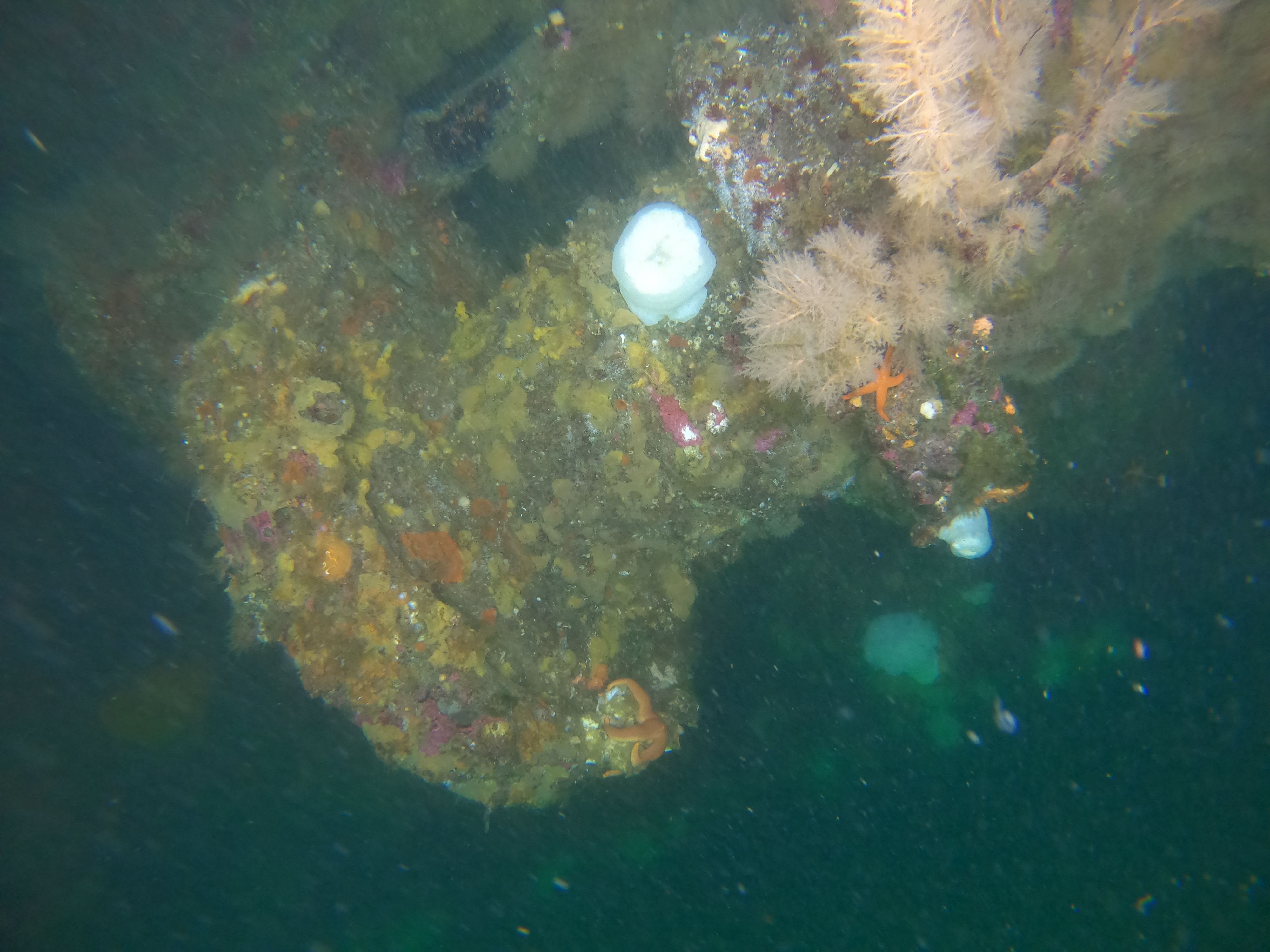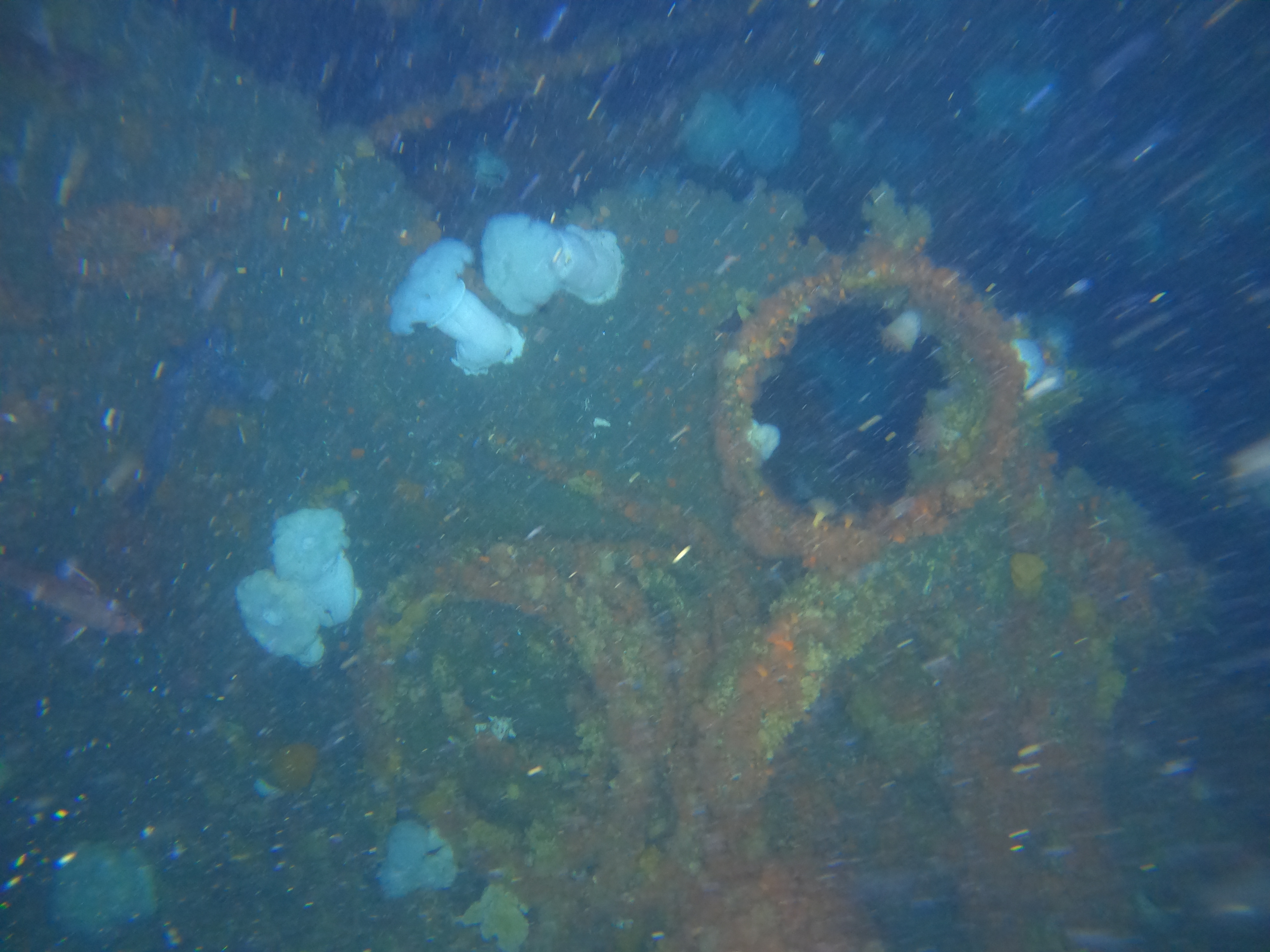Unraveling the Mysteries of the Battle of Attu, the ‘Forgotten Battle’ of World War II
Underwater archaeologists discovered three shipwrecks submerged near the small Alaskan island, which was the site of one of the deadliest conflicts in the Pacific

In June 1942, Japanese forces captured Attu, a small island at the western tip of Alaska’s Aleutian Islands. They destroyed the homes and villages of the Unangax̂ people, then held them as prisoners of war in the city of Otaru. Nearly half of the Unangax̂ from Attu died, and survivors were not allowed to return to their home island.
When American troops arrived in 1943, they fought to regain control of Attu. Over the course of 18 bloody days, American forces successfully expelled the invaders. But the campaign came at a high cost: The Battle of Attu claimed the lives of 2,351 Japanese soldiers and 549 American soldiers.
It was one of the deadliest conflicts in the Pacific during World War II. However, despite the high death toll and the tragic outcome for the Unangax̂ people, the Battle of Attu has historically been overshadowed by other conflicts. It’s sometimes referred to as the “forgotten battle.”
Now, a team of American and Japanese researchers hopes to shed new light on this often-overlooked conflict and the events leading up to it.
During a five-day research trip last month, underwater archaeologists successfully located three World War II shipwrecks on the ocean floor near Attu—one American and two Japanese. It’s the first time the vessels have been seen since they sank eight decades ago.
“This wasn’t just a little side note to the bigger Pacific campaign,” says project co-leader Dominic Bush, an underwater archaeologist at East Carolina University, to the Anchorage Daily News’ Zachariah Hughes. “This was its own theater of war, the North Pacific theater of war, which has largely been forgotten. We’ll hopefully bring more awareness to the public’s mind of the sacrifices made.”
/https://tf-cmsv2-smithsonianmag-media.s3.amazonaws.com/filer_public/3f/6e/3f6e39e4-b81f-4cd5-a9f8-b1c09714d4f2/prelimiary_dellwood_3cm_res.png)
Today, Attu is part of the Alaska Maritime National Wildlife Refuge, which is managed by the U.S. Fish and Wildlife Service. With the help of grants from the National Oceanic and Atmospheric Administration and the National Park Service, researchers are documenting the Battle of Attu’s underwater debris for the first time.
After sifting through as many historical records as they could find, a team of 14 researchers touched down in Alaska in mid-July. They boarded the Norseman II, a crab boat that’s been repurposed as a research vessel, and began searching for evidence of the conflict on the seafloor, per a statement from East Carolina University.
Using a specialized type of sonar, they located the shipwrecks alongside anchors, anti-submarine netting, mooring blocks, chains, buoys and other artifacts. They then used underwater and aerial drones equipped with cameras to get a better look.
The big finds were the three shipwrecks: Japan’s Kotohira Maru and Cheribon Maru and America’s S.S. Dellwood. The Kotohira Maru and Cheribon Maru are thought to be the only Japanese military vessels located in American waters, according to the statement.
Researchers found the Kotohira Maru, a 5,000-ton freighter, submerged under 300 feet of water roughly half a mile from where it sank. The vessel had been transporting provisions, housing materials and fuel to Attu when a U.S. Navy weather plane bombed it. Just two crew members survived the attack, making the shipwreck site a “mass grave,” as Bush tells McClatchy’s Mark Price.
“When you see [the ship] on the seafloor, it’s moving,” he adds. “Reports say it was hit twice and the bow was broken off, and that’s what we found. It is in amazing condition on a sandy seafloor and really stood out. You can see the masts are still standing, and everything is still there, along with the wheelhouse. It gives you a really clear picture of what it looked like.”

The Cheribon Maru, a 3,000-ton freighter, was found covered in kelp on the seafloor just 30 feet below the surface. The ship sank on Thanksgiving in 1942 after being bombed by American forces. Between 15 and 55 Japanese troops died in the attack.
The team found the S.S. Dellwood 81 years to the day of its sinking. The nearly 3,500-ton U.S. Army vessel had been installing communication lines when it collided with a submerged rock column and sank on July 19, 1943. Sonar and video footage showed the ship in a “severely disjointed state” more than 100 feet below the surface, per the statement. Researchers think the wreckage was later bombed when it became a navigational hazard for other ships in the area.
“Overall, the project marks the beginning of what is sure to be an increased focus on the oft-forgotten Aleutian Island campaign and, by extension, Alaska’s World War II history,” says Jason Raupp, a maritime historian at East Carolina University, in the statement.
/https://tf-cmsv2-smithsonianmag-media.s3.amazonaws.com/accounts/headshot/SarahKuta.png)
/https://tf-cmsv2-smithsonianmag-media.s3.amazonaws.com/accounts/headshot/SarahKuta.png)